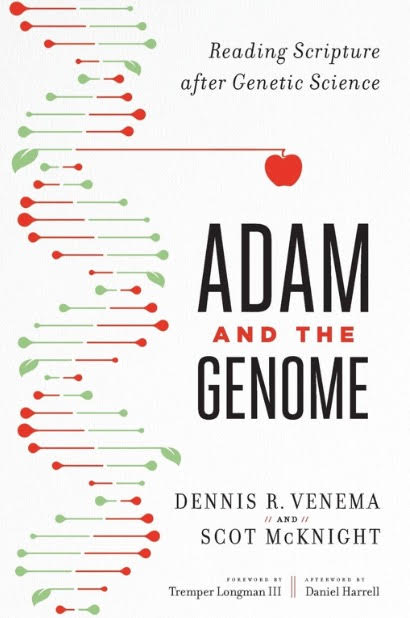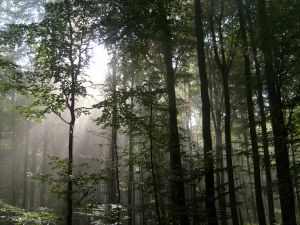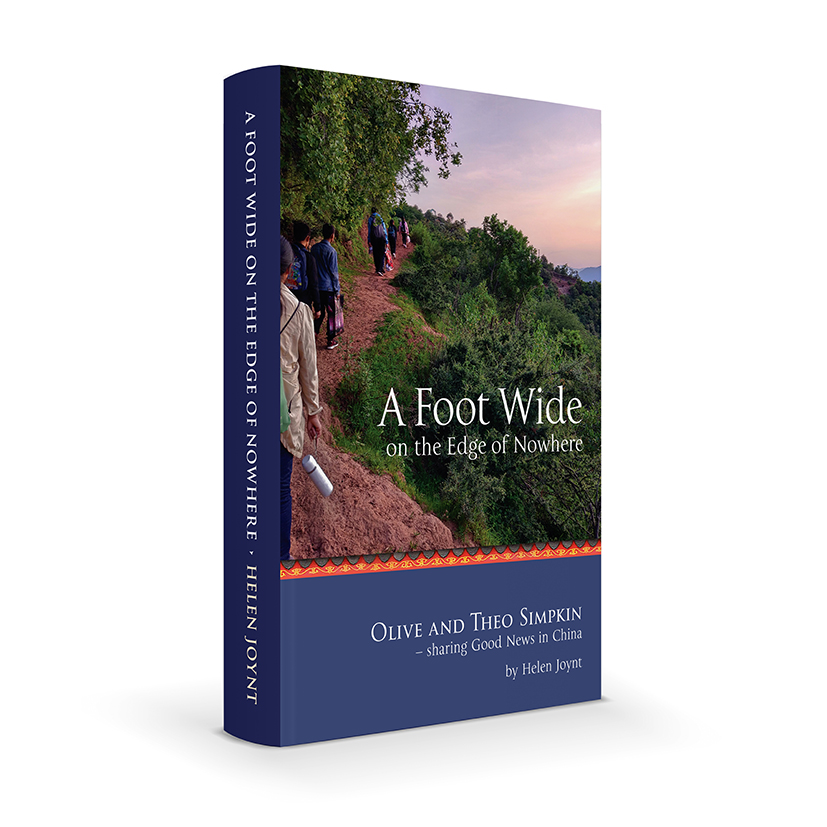
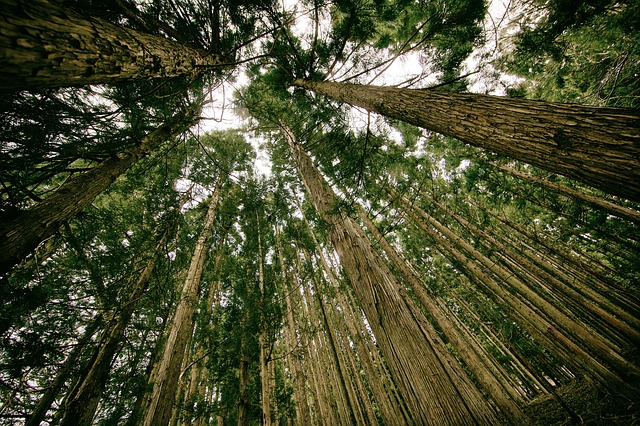
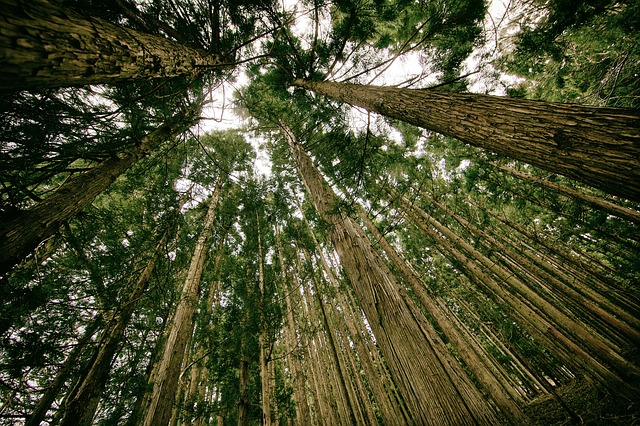
Forests for Beginners: a Primer
Richard Gijsbers, July 2006.
Download PDF
Forests for Beginners: a Primer
Richard Gijsbers
Richard was trained as a forester and has worked in Victoria, Nepal, India and Cambodia. He is currently working as a consultant in information management. He is a Fellow of ISCAST, a think tank exploring the interface between science, technology and the Christian faith.
The ISCAST forests excursion 2006 was a marvellous opportunity to reflect on the science behind forest management and to relate it to my Christian faith. The discussions resulted in the following reflection.
Key Words
Forest management, environment, theology of forest management
What is a forest?
The Oxford English Dictionary defines it as ‘An area covered chiefly with trees’. Presumably it also defines an ocean as an area covered chiefly with water or a city as covered chiefly with people. As Spike Milligan almost said, ‘If brevity is the soul of wit, then this definition was written by Oscar Wilde’.
Like oceans and cities, forests are extremely complex, composed of all sorts of things both animate and inanimate. In forests trees dominate, providing in turn niches for other plants and animals to occupy. These in turn influence the life of the trees themselves in a series of very complex and fascinating interactions. One of the most important features of the trees in all this is their growth stage.
Like humans, trees grow through various stages. The infant stage (regeneration) lasts only a few years. The teenage stage (regrowth) is when the trees grow fastest. This stage lasts possibly 60 or more years depending on the species.
At maturity the tree growth flattens out until senescence when the trees start to lose limbs, the crowns die out and rot starts to work on the core of the trees. This stage might last 100 years or so with the whole cycle taking about 350 years.
In the absence of fire, the eucalypts in a forest will eventually die out and the shade-tolerant understorey species will take over. Such a forest is called rainforest (usually because it is the wet areas that do not get burned at least once every 350 years or more).
Each growth stage has its own suite of plants and animals that take advantage of the environmental niches that have been created. The populations of these wax and wane as the growth stages come and go in a process called succession.
The ideal for a forest is to have all these growth stages represented. This is called a ‘Normal Forest’ and in such a forest the full suite of forest goods and values can exist at their optimum sustainable level. Any change from this ideal will be at the expense of one or more of these goods or values.
For example, an over-representation of Old Growth forest can only exist at the expense of other growth stages. One consequence of this is that species that prefer these other stages may become threatened.
Perhaps the most important consequence however is that, if something happened to the Old Growth (fire or simply old age), it will take maybe 200 years or more to replace this environmental niche. In a Normal Forest it will only take as long as it takes for the nearest growth stage to grow on.
We humans demand a lot from the forest. Timber, water, biodiversity, scenery, recreation. Forests are also places where many can get away from human dominated environments and get close to God. One of the things that the environmentalists have done extremely well is remind us that these latter values are just as important for us as those we consume (timber, water etc).
However despite at least nearly fifty years of trying to get people to consume less, we still each use about one tonne (or one cubic metre) of the forest product each year (it’s a rule of thumb, but near enough). We have tried using alternatives (steel, aluminium, plastics and the like) but our efforts to replace, reuse, and recycle and so reduce that one cubic metre haven’t really succeeded. Where there has been some impact, the environmental trade-offs have been extremely dubious.
And so the conflict about which is most important—scenery or timber? jobs or old growth? In Australia we have tackled this by reserving much of the native forests from logging, planting some plantations, and buying the extra timber and paper that we don’t produce in Australia from overseas (at significant environmental cost in some of those countries). We also export many of the environmental problems (and the jobs) associated with converting the timber to products we can use.
But the arguments still go on. Perhaps we want to have our cake and eat it as well. Perhaps people do not understand the dynamics of forest growth (yes, we can have too much old growth forest!). Maybe it is also too easy to ignore the environmental problems in other countries. Maybe prices are too cheap (for water it certainly is!) and we rely on neighbours dobbing each other in to keep consumption manageable.
And maybe the problem is also theological and our thinkers have not done their homework well enough? So many attempts at theological reflection have focussed on one suite of values (the ‘environment’) in isolation from the goods we consume, ignoring too the dynamics of society’s ecosystems and short-changing us on the full moral/ethical picture.
Now: a theology of the environment that understands the dynamics of a forest’s growth, recognises the importance of the higher values (majesty, awe, closeness to God), provides for basic needs (timber, yes, and woodchips, water, firewood and the like), comes to terms with the problems of market forces and difficulties raised by pricing goods wrongly, understands the need for trade offs, and that doesn’t pass the difficult problems off to other countries: I’d like to see that.
